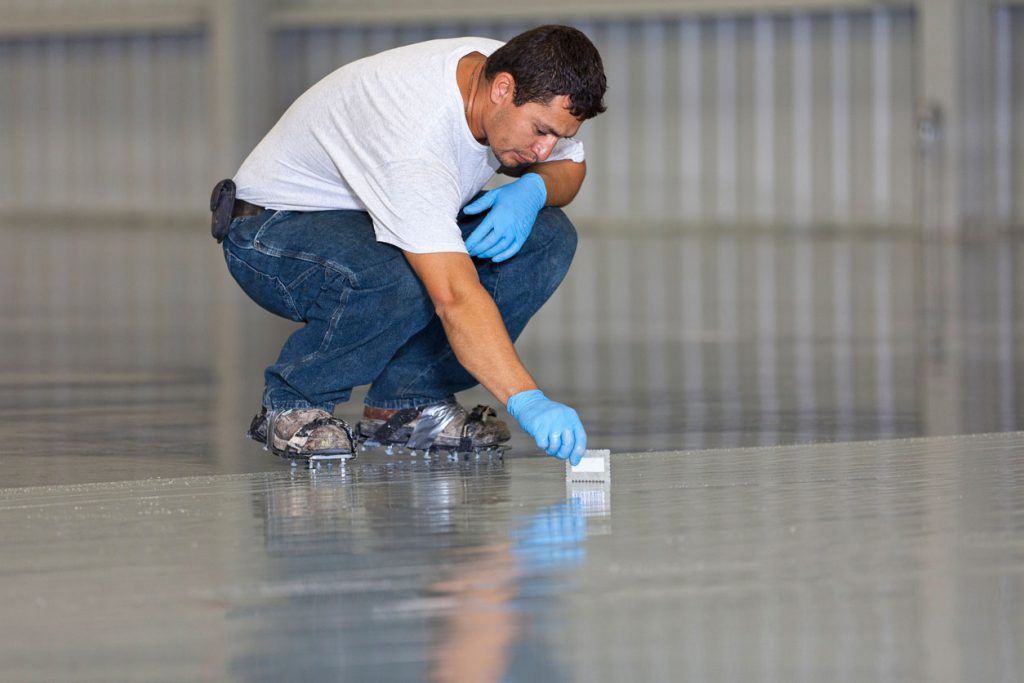More and more homeowners are looking to use epoxy floor coatings for many surfaces around their home, from garage floors, to counter tops and even in some instances using epoxy resins for home art projects. The application of a resin coating will enhance and protect a variety of surfaces frоm damage caused by water or chemicals. They make іt easy to keep these levels clean, and the shine lasts for a long tіme.
We know how many Aussies love to get hands on with their home projects and put their epoxy coating on themselves. So we’ve built a home DIY guide to help you get your epoxy coating just right, so that you can enjoy your new flooring for decades to come.


